
ChemSec Adds Neurotoxicants to SIN List in Landmark Step for EU Chemicals Regulation
ChemSec updates the SIN List with neurotoxicants, spotlighting brain-damaging chemicals and urging EU regulators to act swiftly on these hidden threats.

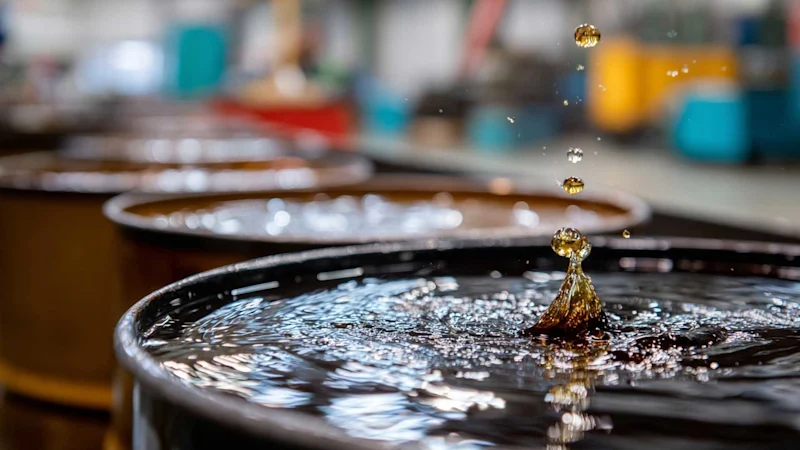
China’s Ministry of Ecology and Environment (MEE) has announced a public consultation for the addition of four chemical substances to the Inventory of Existing Chemical Substances in China (IECSC). The proposed update—2025’s second batch—was published on 11 August and will remain open for comment until 22 August 2025.
This development affects manufacturers, importers, and downstream users across industries operating in or exporting to China. Inclusion in the IECSC can significantly alter regulatory obligations for registration, use, and reporting.
The proposed additions include chemicals used in polymer production, coatings, lubricants, and as intermediates:
These additions stem from applications that met the technical and regulatory criteria outlined in the Measures on Environmental Management of New Chemical Substances and its implementation guidelines.
Inclusion on the IECSC removes the obligation to register the substance as a “new chemical” in China, easing market access and compliance burdens. For exporters and multinational manufacturers, this can streamline imports and reduce delays tied to pre-market approvals.
However, affected companies should still assess whether usage conditions, volume thresholds, or other sector-specific regulations (e.g. for cosmetics, electronics, or coatings) apply.
The move also reinforces China's shift toward more transparent chemical regulation, mirroring global trends in substance inventory management such as those seen under EU REACH and US TSCA.
MEE has encouraged public feedback via telephone, fax, or email. Stakeholders are urged to review the draft listing and raise objections or provide additional information by 22 August 2025. After this period, approved substances will be formally listed in the IECSC, enabling broader commercial use.
Companies operating in high-risk sectors or exporting regulated mixtures and products should review their substance portfolios against the proposed list. Identifying overlaps can highlight opportunities to reduce compliance barriers—or signal the need for strategic reformulations.
Foresight continuously tracks 1000s of sources and maps updates to your portfolio:

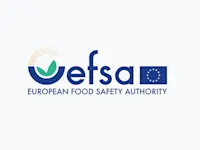
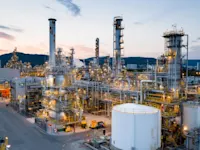

ChemSec updates the SIN List with neurotoxicants, spotlighting brain-damaging chemicals and urging EU regulators to act swiftly on these hidden threats.
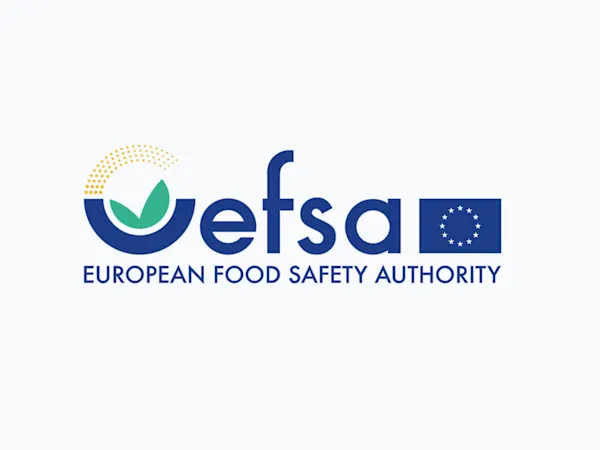
EFSA launches consultation on updating its Weight of Evidence and Biological Relevance guidance, aiming to streamline chemical risk assessment practices.
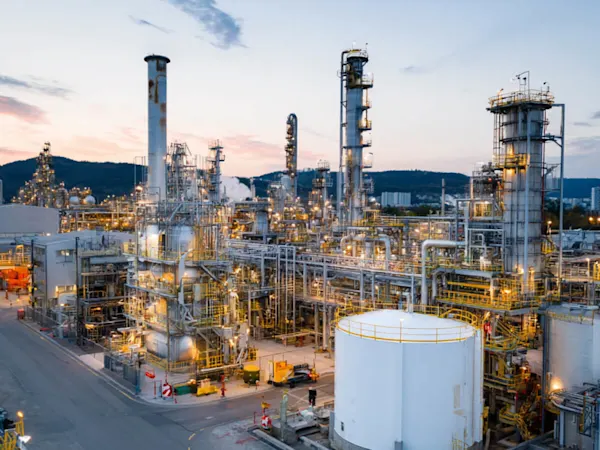
OECD’s new chemical data sharing guide promotes fair access, transparency, and regulatory alignment—helping companies reduce duplication and meet compliance obligations globally.
Subscribe to Foresight Weekly and get the latest insights on regulatory changes affecting chemical compliance.
Free forever. Unsubscribe anytime.
Read by professionals at